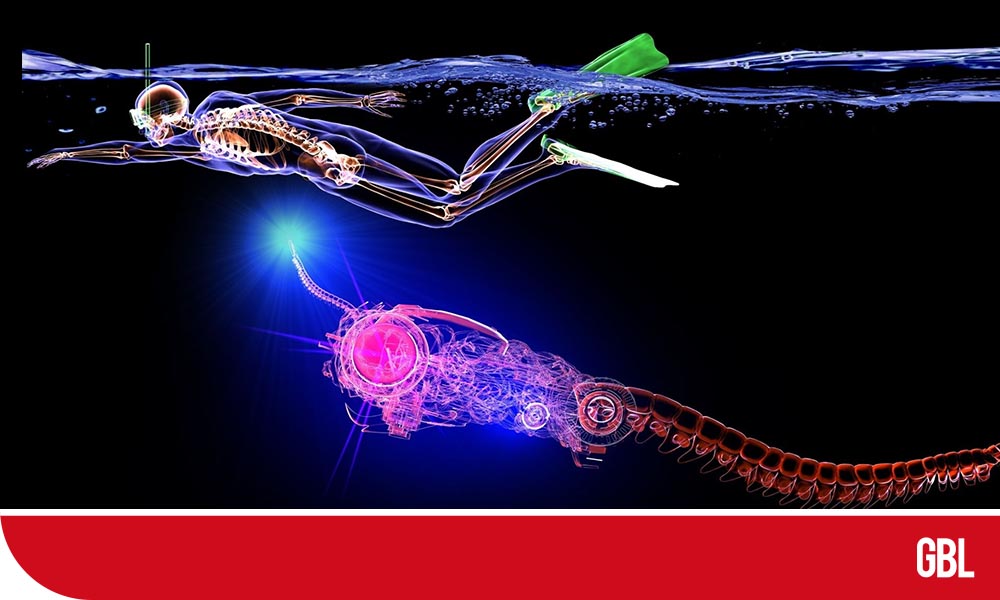Pointers at Glance
- Researchers at North Carolina State University have developed an energy-efficient soft robot that can swim four times faster than previous swimming soft robots.
- The robots are known as “butterfly bots” because their swimming motion resembles how a person’s arms move when swimming the butterfly stroke.
Jie Yin, an associate professor of mechanical and aerospace engineering at NC State and the corresponding author of a paper on the work, said that soft swimming robots could not swim faster than one body length per second. Still, marine animals such as manta rays can swim much faster and more efficiently.
Two Types of Butterfly Bots
The researchers developed two types of butterfly bots. One was built primarily for speed and reached average speeds of 3.74 body lengths per second. The second was designed to be highly maneuverable and capable of making sharp turns to the right or left. This maneuverable prototype reached speeds of 1.7 body lengths per second.
Yinding Chi, a recent Ph.D. graduate of NC State and the first author of the paper, said that researchers who study aerodynamics and biomechanics use a Strouhal number to assess the energy efficiency of flying and swimming animals. Peak propulsive efficiency happens when an animal swims or flies with a Strouhal number between 0.2 and 0.4. Both butterfly bots had Strouhal numbers in this range.
How Will The Butterfly Bots Work?
The butterfly bots generate their swimming power from their wings, which are “bistable,” which means the wings have two stable states. The wing is same as a snap hair clip. A hair clip is stable until someone apply a certain amount of energy by bending it. When the amount of energy reaches a critical point, the hair clip snaps into a stable and different shape.
The hair clip-inspired bistable wings are attached to a soft, silicone body in the butterfly bots. Users direct the switch between the two stable states in the wings by pumping air into chambers inside the soft body. As those chambers inflate and deflate, the body bends up and down, forcing the wings to snap to and fro.
The faster butterfly bot has only one “drive unit,” the soft body, which controls both wings. It makes the bot very fast but makes it difficult to turn left or right. The maneuverable butterfly bot essentially has two drive units connected side by side. This design allows users to manipulate the wings on both sides or to “flap” only one wing, enabling it to make sharp turns.
Yin said that this work is an exciting proof of concept but has limitations. Most obviously, the current prototypes are tethered by slender tubing, which they use to pump air into the central bodies. They are currently working to develop an untethered, autonomous version.
Knewton: Making Education Impactful, Accessible and Affordable









